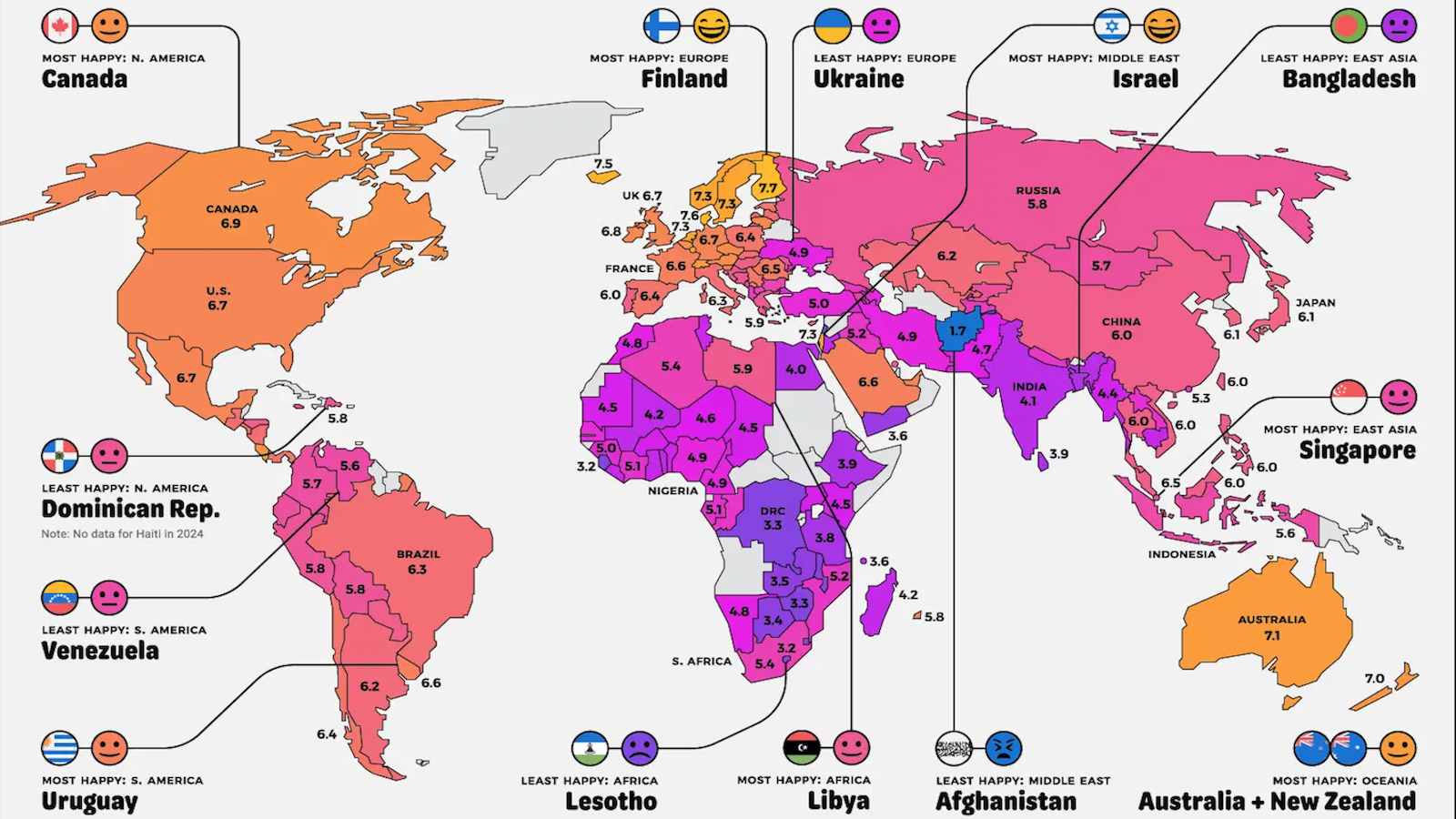Can a computer lecture better than a human?
[cross-posted at the TechLearning blog]
nn
I’m going to prime the pump a little bit for my K12 Online presentation next week…
n
My fifth-grade daughter’s math homework this weekend required her to find out what a radian or a grad was (hint: both are ways besides degrees to measure angles). We hit ye olde Google and quickly found this helpful (and free) learning activity from Wisconsin Online:
n
n
Bam! Ten minutes later my daughter and I had learned what a radian was (the animation was much more helpful than the mere definitions that we found), answered correctly all of the self-assessment questions, and were ready to move forward.
n
Okay, we actually weren’t ready to move forward because we thought the animation was so cool that we set up a Wisconsin Online account and dug around for other interesting tutorials. In other words, we were passionate, self-directed, engaged learners, prompted by a single question from my daughter’s math book.
n
I’ve thought about that moment quite a bit the last couple of days. Of course my mind started wandering to the K12 Online Conference, the TED videos, various podcasts, the MIT Open Courseware project, and other similar online multimedia resources. As my mind meandered around, it dug up a question:
n
n
Can a computer lecture better than a human?
n
That question’s not quite accurate, because there’s still a human behind every online learning activity. What I mean is that there are quite a number of examples on the Web of ways that we can learn and assess ourselves on fairly complex material using video lectures, animations, simulations, video games, and the like. As these resources grow in number – fueled by easy-to-learn, increasingly-powerful software that allows average citizens to create learning objects – and are organized and collected by individual experts, organizations like Wisconsin Online, or group efforts, it’s going to become unbelievably easy to find a variety of ways other than text to learn about almost anything we want. This will be especially true if we are intentional about it and actively work to fill in needed gaps.
n
Would I rather learn about a radian from a book or the Wisconsin Online animation? The animation – hands-down – due to its better explanatory power. Would I rather learn about a radian from a person or the animation? Well, the animation is infinitely patient – it doesn’t get irritated with me if I don’t understand the first time around. I can replay the animation as often as I need to but probably can’t ‘replay’ the person. The animation is more accessible – it was available to me in my home, at a time when I wanted to access it. And if the animation still doesn’t do the trick, there are other ways to learn the concept just a mouse click away (but other people who can explain radians usually aren’t so easily found).
n
Don’t get me wrong. There’s still a lot of value in human teachers when it comes to explaining difficult concepts, working through students’ misconceptions, inspiring students to want to explore deeper, and so on. We’re not replaceable by robots and software just yet. But it’s easy to see that simulations, animations, and other online text and multimedia resources can carry a great deal of the initial instructional delivery load.
n
There is a wealth of research showing that around 80 to 85 percent of classroom work is low-level factual and procedural work, exactly the kind of work that can easily be facilitated by the kinds of technology-mediated learning activities that I’ve alluded to this post. So why waste an expensive human on those things? If there’s going to be that much lecturing (and similar low-level learning work) going on, why not let the computer ‘lecture’ and free up our valuable humans for the stuff that software can’t do yet?
n





